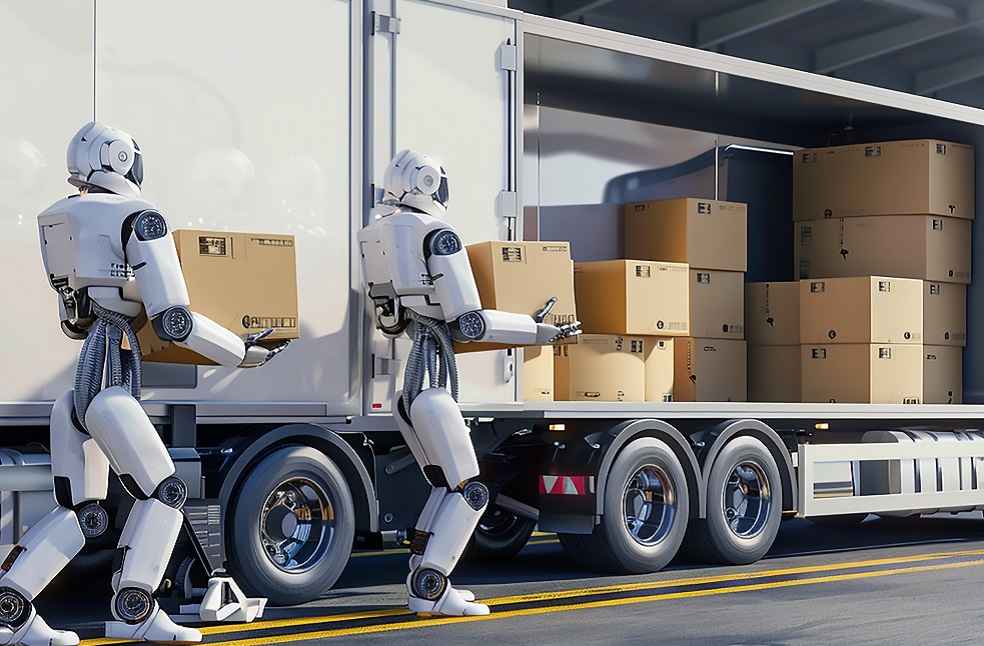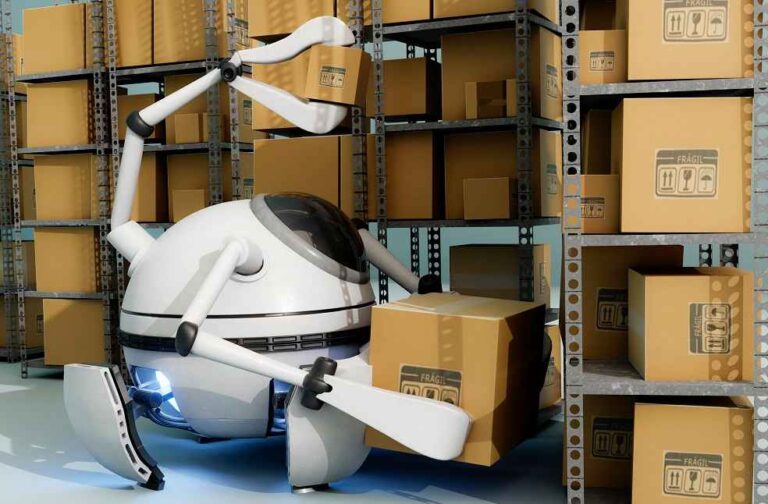As per a Fortune Business Insights study, the global logistics robots market was valued at USD 6.17 billion in 2021 and is expected to grow to USD 21.01 billion by 2029, with a CAGR of 16.7%. Asia Pacific dominated the market in 2021 with a 34.19% share.
However, the COVID-19 pandemic caused a 14.1% decline in 2020 compared to 2019, driven by supply chain disruptions and reduced demand.
Logistics robots, designed to automate operations in warehouses, ports, and storage units, have gained traction for their ability to reduce human labor and minimize errors. These robots include Automated Guided Vehicles (AGVs), Autonomous Mobile Robots (AMRs), and robotic arms. AGVs navigate using paths or signals, while AMRs rely on sensors, cameras, and AI to operate in uncontrolled environments.

The pandemic hampered the market’s growth, with disruptions in supply chains and manufacturing leading to reduced revenues for key players. However, sectors like healthcare, e-commerce, and automotive experienced increased demand for logistics robots as companies sought to adapt to post-pandemic challenges and improve operational efficiency.
Investments in new car production and modernization of industrial spaces are expected to drive future growth. Robotics is becoming essential in warehouses and logistics corridors, with industries such as pharmaceuticals and automotive adopting robots to enhance production and efficiency.
Challenges remain, particularly in developing countries, where high investment costs, data privacy concerns, and infrastructure limitations slow adoption. Despite these barriers, ongoing research and advancements in robotics are expected to further propel market growth.
DON’T MISS IT | Gold Mining Severely Threatens Environs; Numerous Studies Call for Halt



